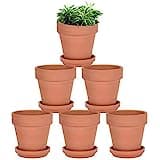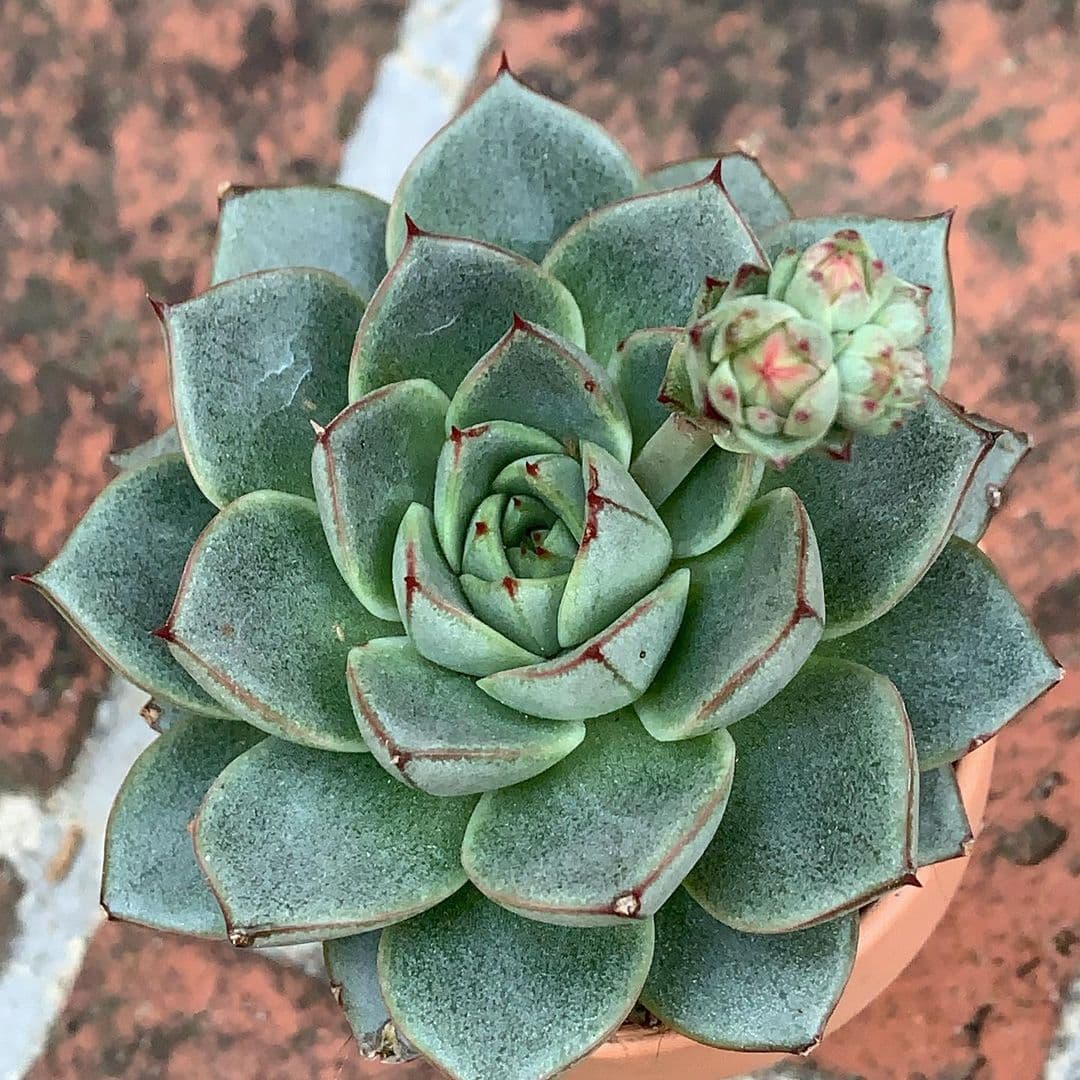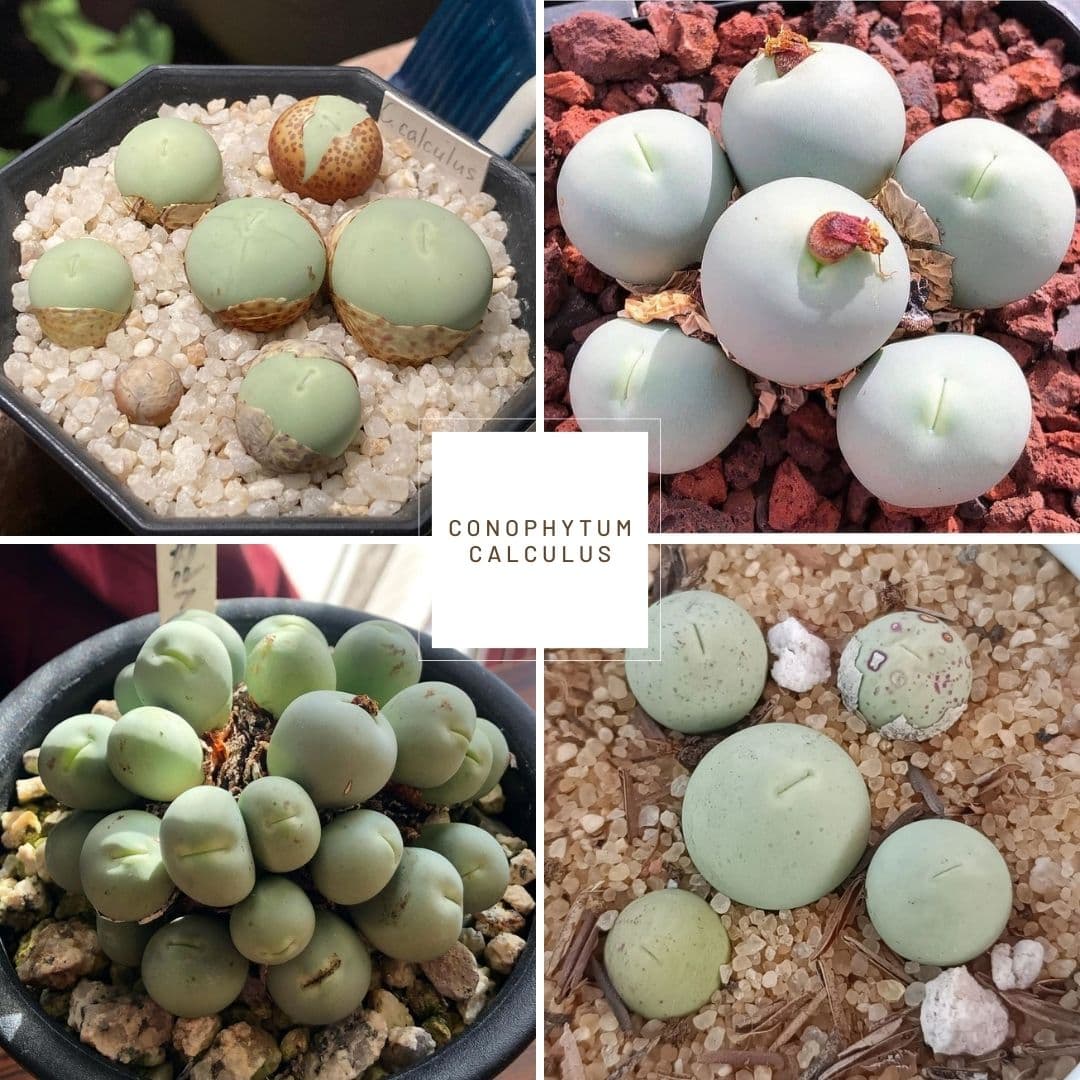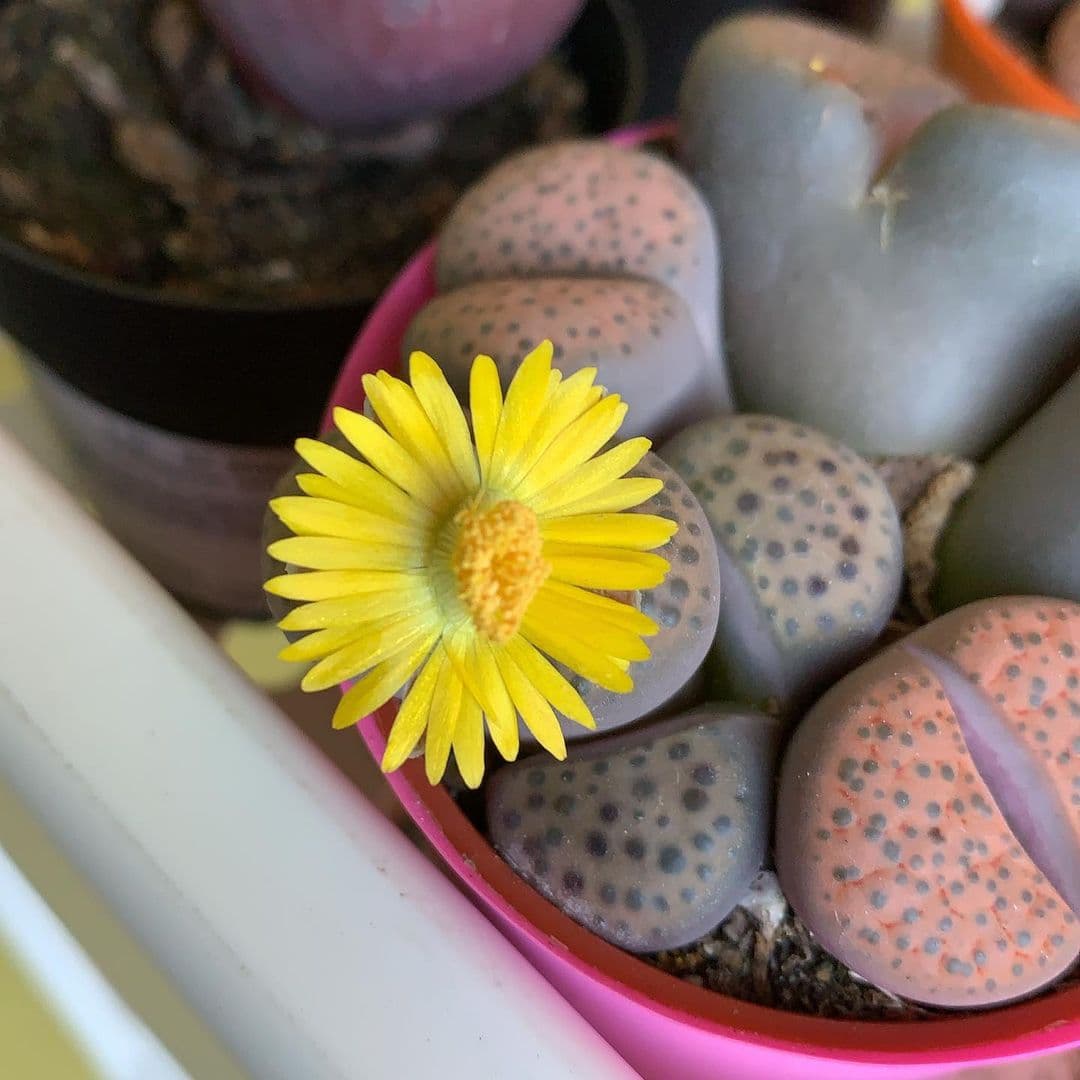Echeveria Lola
Posted by Grace on September 6, 2023
Quick Facts
- Native Habitat: Mexico
- Family: Crassulaceae
- Water: Infrequent, allow soil to dry between waterings
- Sunlight: Bright, indirect sunlight or partial shade
- Soil: Well-draining cactus or succulent mix
Contents
Why it is called Echeveria Lola?
Echeveria Lola gets its name from the renowned Mexican botanist Atanasio Echeverría y Godoy. He made significant contributions to the study of succulent plants, and many Echeveria species are named in his honor.
The addition of "Lola" to the name likely refers to the plant's captivating and somewhat playful appearance, which is sure to make anyone fall in love with it.
The Appearance of Echeveria Lola
Echeveria Lola is characterized by its tightly packed rosette of fleshy, spoon-shaped leaves. These leaves have a mesmerizing combination of colors, with shades of blue-green and pink or lavender along the edges. This striking coloration intensifies in bright light, making it a stunning addition to any succulent collection. The rosette can reach up to 6 inches (15 cm) in diameter, creating a delightful focal point in gardens, containers, or indoor displays.
Collectors often appreciate the stacked arrangement of Lola's leaves. You can achieve many layers of stacking by providing long hours of light, usually through artificial grow lights.
How to Care for Echeveria Lola
Light
Echeveria Lola thrives in bright, indirect sunlight or partial shade. Outdoors, ensure it gets protection from intense afternoon sun, which can scorch its leaves.
When grown indoors, place Echeveria Lola near a sunny window where it can receive ample sunlight. Providing 10-12 hours of bright light daily helps keep them compact, colorful, and encourages offset production. If it's challenging to ensure enough natural light, consider using artificial lighting (VIPARSPECTRA 1200W LED Grow Light highly recommended). Running artificial lights for 10-12 hours a day is recommended, but during the winter, you can shorten the duration to 8 hours.
It's important to note that all plants, even when grown with artificial light, benefit from a dormant period. Establishing a set schedule for your lights isn't necessary; simply turn them on in the morning and switch them off after dinner or whenever is convenient. While there may be occasional variations in the lighting duration, ensuring they consistently receive at least 8 hours of light will help keep your Echeveria Lola healthy and vibrant.
Watering
Like most succulents, Echeveria Lola prefers infrequent watering. Allow the soil to dry out completely between waterings. Water sparingly during the growing season (spring and summer) and reduce watering in the dormant season (fall and winter). Overwatering can lead to root rot, so it's essential to exercise caution.
If in doubt about watering, don't. The more you deprive your Lola of water, the more efficiently they seem to store it, getting nice & chubby.
Soil
Provide well-draining soil for your Echeveria Lola. A cactus or succulent potting mix is an excellent choice. A well-draining soil mix ensures that excess water doesn't accumulate around the roots.
Temperature
Echeveria Lola enjoys moderate temperatures between 60°F to 80°F (15°C to 27°C). Protect it from frost, as it is not cold-hardy and can be damaged by freezing temperatures.
Humidity
These succulents are adapted to low humidity conditions and do not require additional humidity. However, providing adequate air circulation can help prevent fungal issues.
Fertilizing
Feed your Echeveria Lola with a diluted, balanced, liquid fertilizer during the growing season (spring and summer) once a month. Avoid fertilizing during the dormant season.
Pruning
Pruning is generally not necessary for Echeveria Lola unless you want to remove dead or damaged leaves to improve its appearance.
Repotting
Repot your Echeveria Lola every 2-3 years or when it outgrows its container. Choose a slightly larger pot and refresh the soil during repotting.
Dormancy
Echeveria Lola experiences a dormant period during the winter months when growth slows down. During this time, reduce watering to prevent overhydration.
Pests and Diseases
Echeveria Lola is relatively resistant to pests and diseases. However, watch out for common succulent pests like mealybugs and aphids. Treat any infestations promptly with insecticidal soap or neem oil.
Is Echeveria Lola Toxic to Pets?
Echeveria Lola is generally considered non-toxic to pets. While it's always wise to keep pets away from your plants to prevent any accidental ingestion, this succulent is not known to be harmful to cats or dogs.
How to Propagate Echeveria Lola
Echeveria Lola can be propagated using several methods:
Leaf Cuttings
- Select a healthy, mature leaf from the parent plant.
- Allow the cut end of the leaf to callus for a day or two.
- Plant the callused end of the leaf in well-draining cactus or succulent soil, burying it about half an inch (1.27 cm) deep.
- Water sparingly to keep the soil lightly moist but not soggy.
- After a few weeks to a couple of months, you should notice tiny plantlets forming at the base of the leaf. These are new Echeveria Lola plants.
- Transplant the new plants into individual pots once they are sturdy enough.
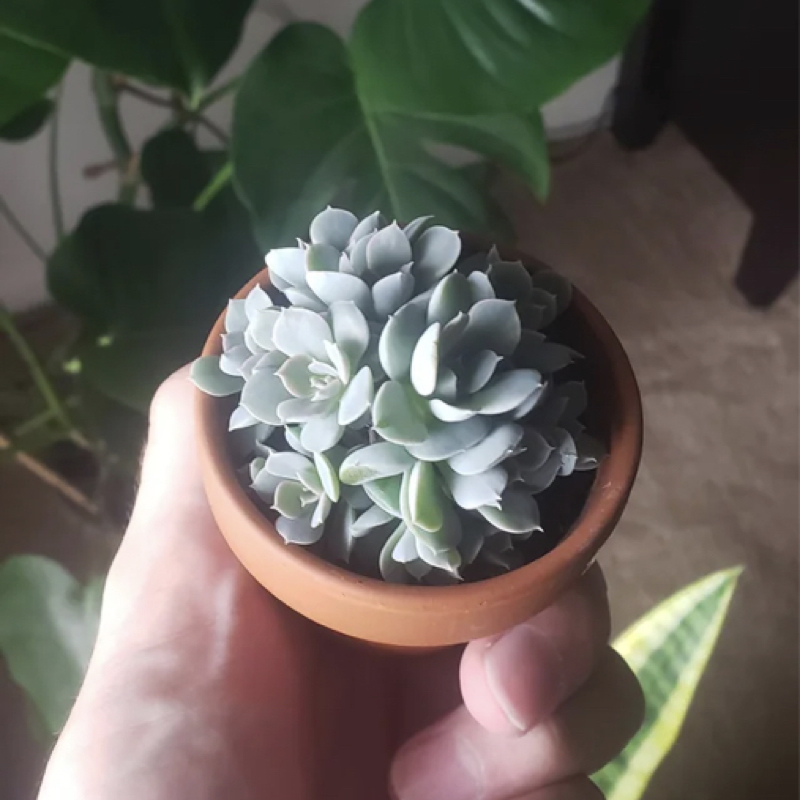 Echeveria Lola Pups
Echeveria Lola Pups
Offsets or Pups
- Echeveria Lola may produce offsets or pups around its base, which are small, baby plants that can be separated from the main plant.
- Gently remove the offsets from the parent plant using a sharp, clean knife or scissors.
- Allow the cut ends of the offsets to callus for a day or two.
- Plant the callused offsets in their own pots with well-draining succulent soil.
- Water sparingly until they establish roots and start growing independently.
 An offset coming under from the Echeveria Lola
An offset coming under from the Echeveria Lola
Stem Cuttings
- While less common, Echeveria Lola can also be propagated from stem cuttings.
- Cut a healthy stem section from the parent plant, typically around 2-4 inches (5-10 cm) long.
- Allow the cut end to callus for a day or two.
- Plant the callused end in well-draining soil.
- Water sparingly and wait for roots and new growth to appear.
Remember to provide the right conditions for the new plants, including bright indirect light, well-draining soil, and limited watering until they establish themselves. Once the new Echeveria Lola plants have rooted and grown sufficiently, you can adjust their care routine to meet their specific requirements.
Need tools for succulent propagation and repotting? Here are my go-to tools: mini tool set (including syringe 💉, gloves 🧤, tweezers 🪤, dust blower 💨, tiny shovels 🛠️) and well-draining mix 🌱.Where Can I Buy Echeveria Lola?
Echeveria Lola is a popular succulent and can be found in many nurseries, garden centers, or online plant shops. You can also consider trading or purchasing from fellow succulent enthusiasts.
FAQ
Can Echeveria Lola tolerate direct sunlight?
While Echeveria Lola enjoys bright light, it should be protected from intense, direct sunlight, which can scorch its leaves.
How often should I water my Echeveria Lola?
Water your Echeveria Lola infrequently, allowing the soil to dry out completely between waterings.
Is Echeveria Lola easy to care for?
Yes, Echeveria Lola is relatively easy to care for, making it a great choice for both beginners and experienced succulent enthusiasts.



